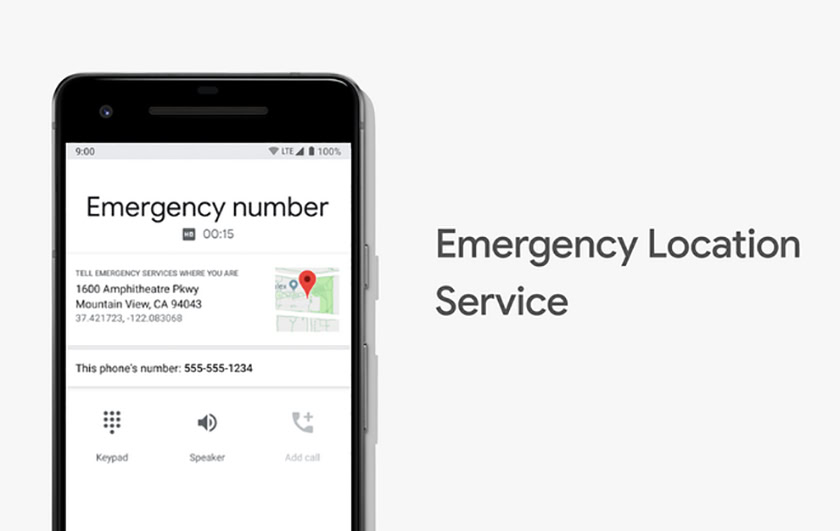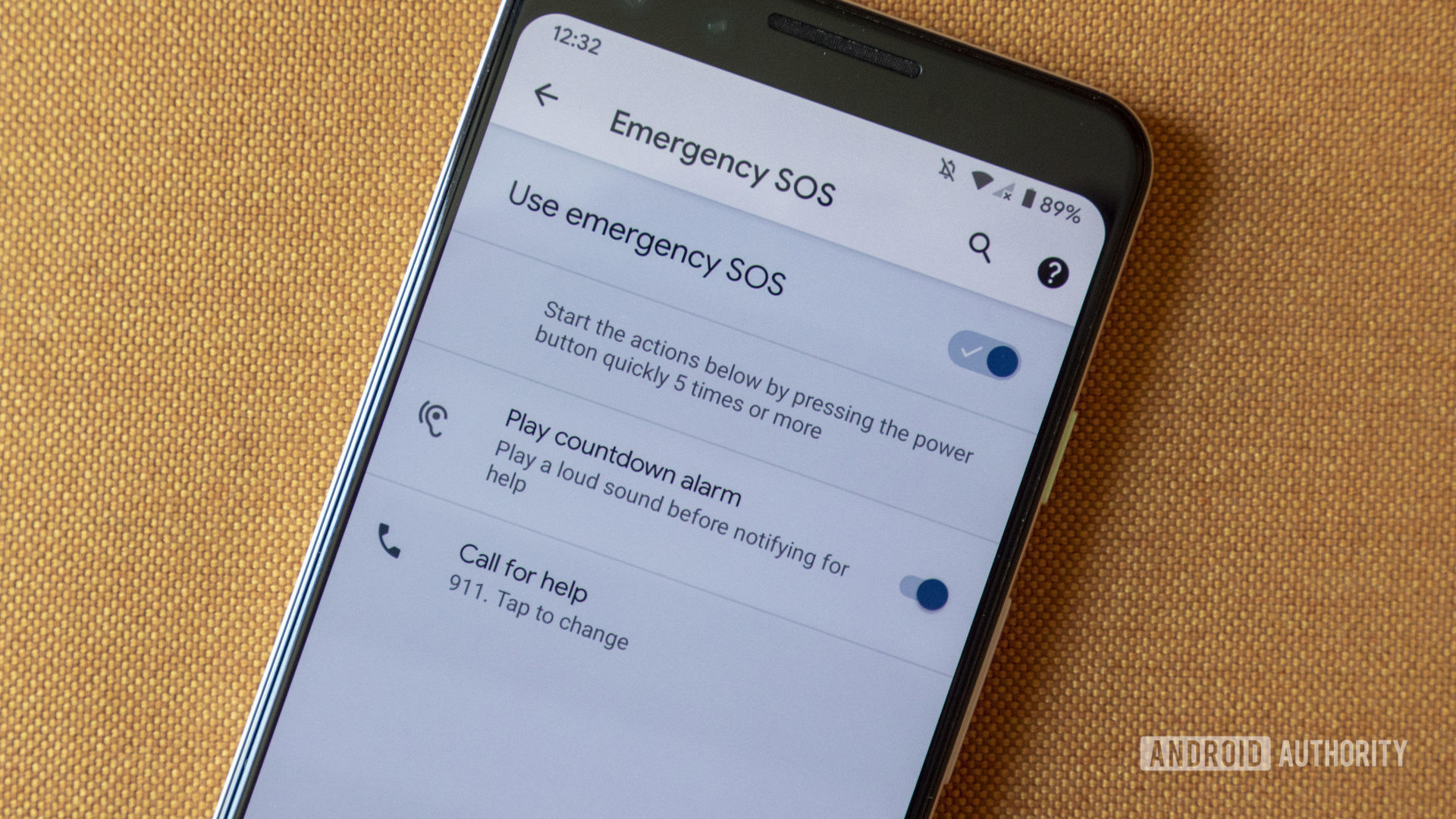Affiliate links on Android Authority may earn us a commission. Learn more.
High-accuracy emergency service tracking coming to U.S. Android phones
Published onSeptember 19, 2018

- Android phones throughout the United States will now have better, more accurate emergency service tracking when placing 911 calls.
- The new service uses GPS, Wi-Fi, mobile networks, and sensors to give a precise location when a 911 call is placed.
- The emergency service technology is due to partnerships with RapidSOS, T-Mobile, and West.
Right now, if you are in the United States and place a 911 call from your Android smartphone, your phone will automatically communicate your approximate location with the emergency service provider you connect with during the call.
However, the accuracy of that information is pretty low. If you are indoors, for example, your GPS connection could be spotty, and sometimes the information sent to the emergency service provider is so vague that it’s pretty much useless in tracking you down in a short amount of time.
This is a huge problem, but luckily a new service is rolling out to all Android phones (running Android 4.0 Ice Cream Sandwich or higher) in the U.S. that will increase the accuracy of this system. Google’s Emergency Location Service (ELS) is already in 14 countries worldwide but comes to the U.S. starting today.

You might be wondering what you need to do to ensure ELS is on your phone. That’s the beautiful thing: you don’t need to do anything. There’s no app to install or settings to tweak, the service just works, assuming you have an Android device running Ice Cream Sandwich or later.
Google developed ELS in partnership with a company called RapidSOS and it’s deploying the service in partnership with U.S. wireless carrier T-Mobile and telecom service West.
Now, when you place an emergency 911 call, your Android phone will use a combination of GPS, Wi-Fi, mobile data, and even your phone’s sensors to give much more accurate location data to the emergency center. This is very similar to the technology that Google Maps uses to get your location.
Hopefully, with this service in place, U.S. citizens will have similar success rates as other countries that already use ELS. For example, in New Zealand, a caller was riding along on the highway when they saw a fire. They didn’t know where they were on the highway so they couldn’t verbally give a location, but ELS gave the emergency crews a very accurate origination location of the call. This enabled fire crews to quickly report to the scene and take care of the fire — something that would have been exceptionally difficult before ELS.
You can read more about ELS on Google’s blog, and you can read more about RapidSOS here.
NEXT: You can now monitor your teenager’s phone with Google Family Link